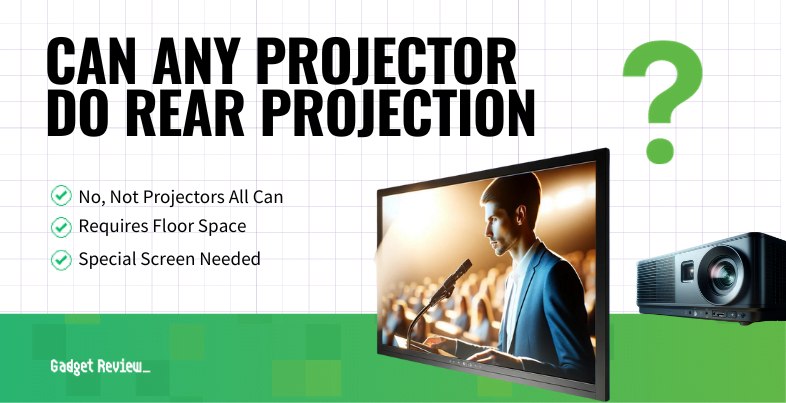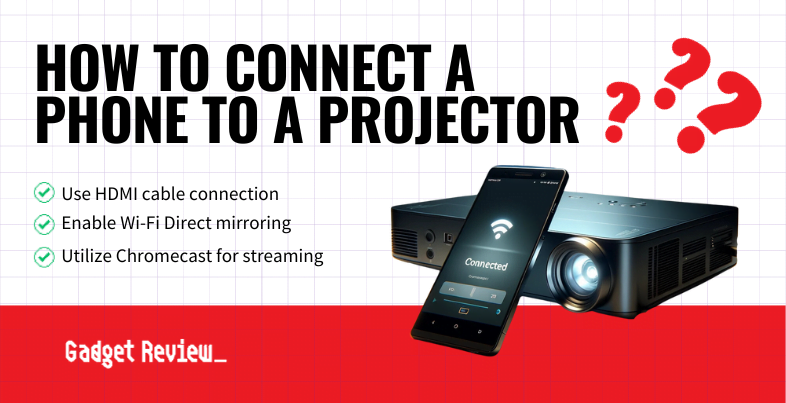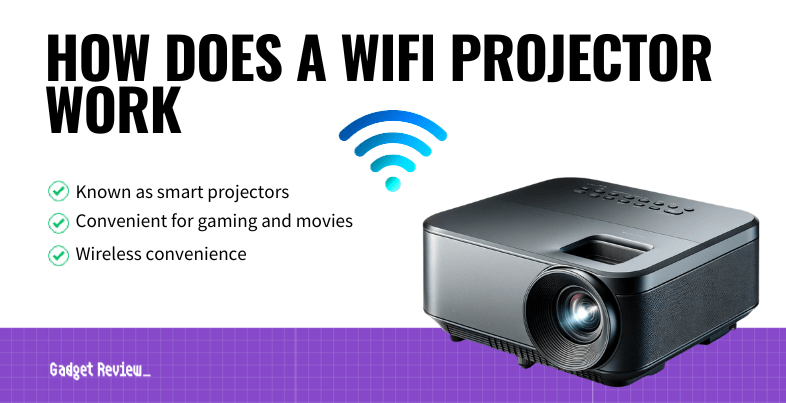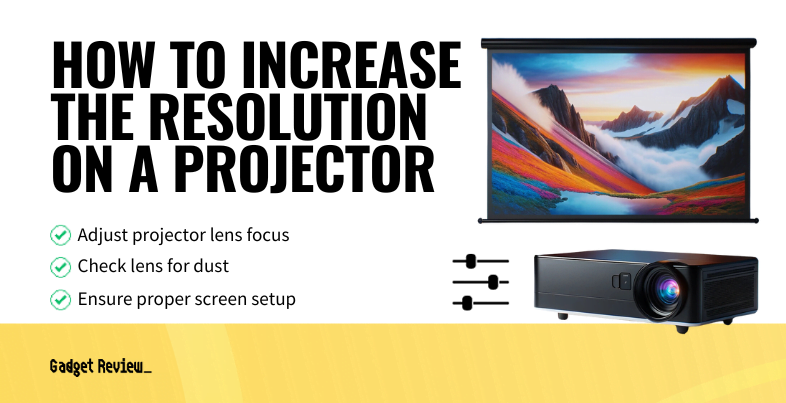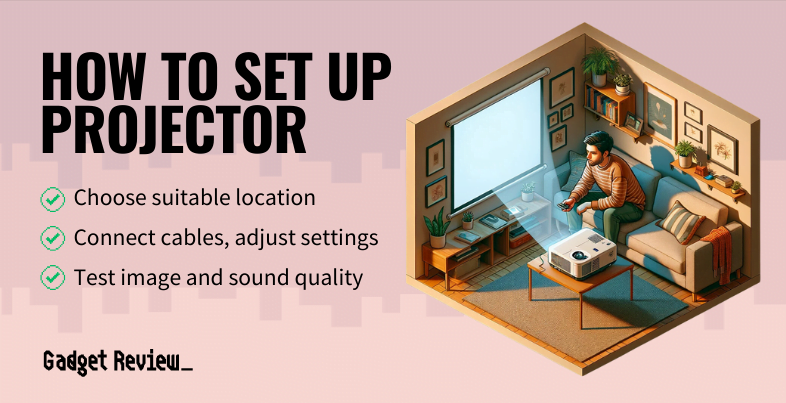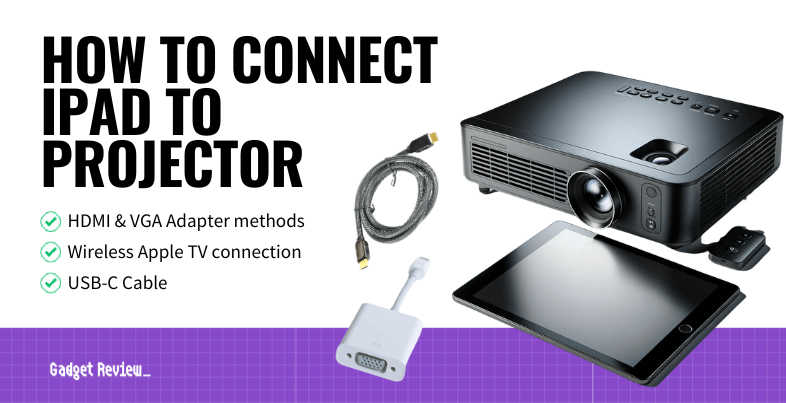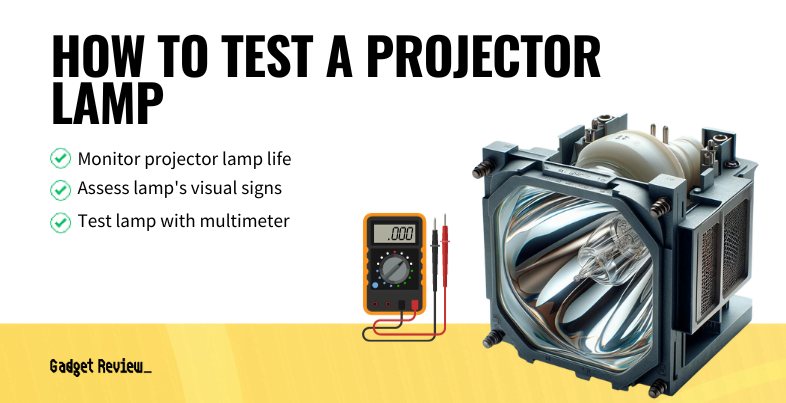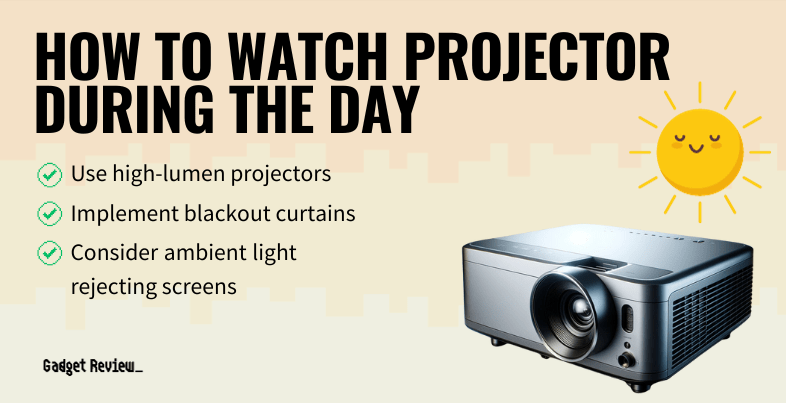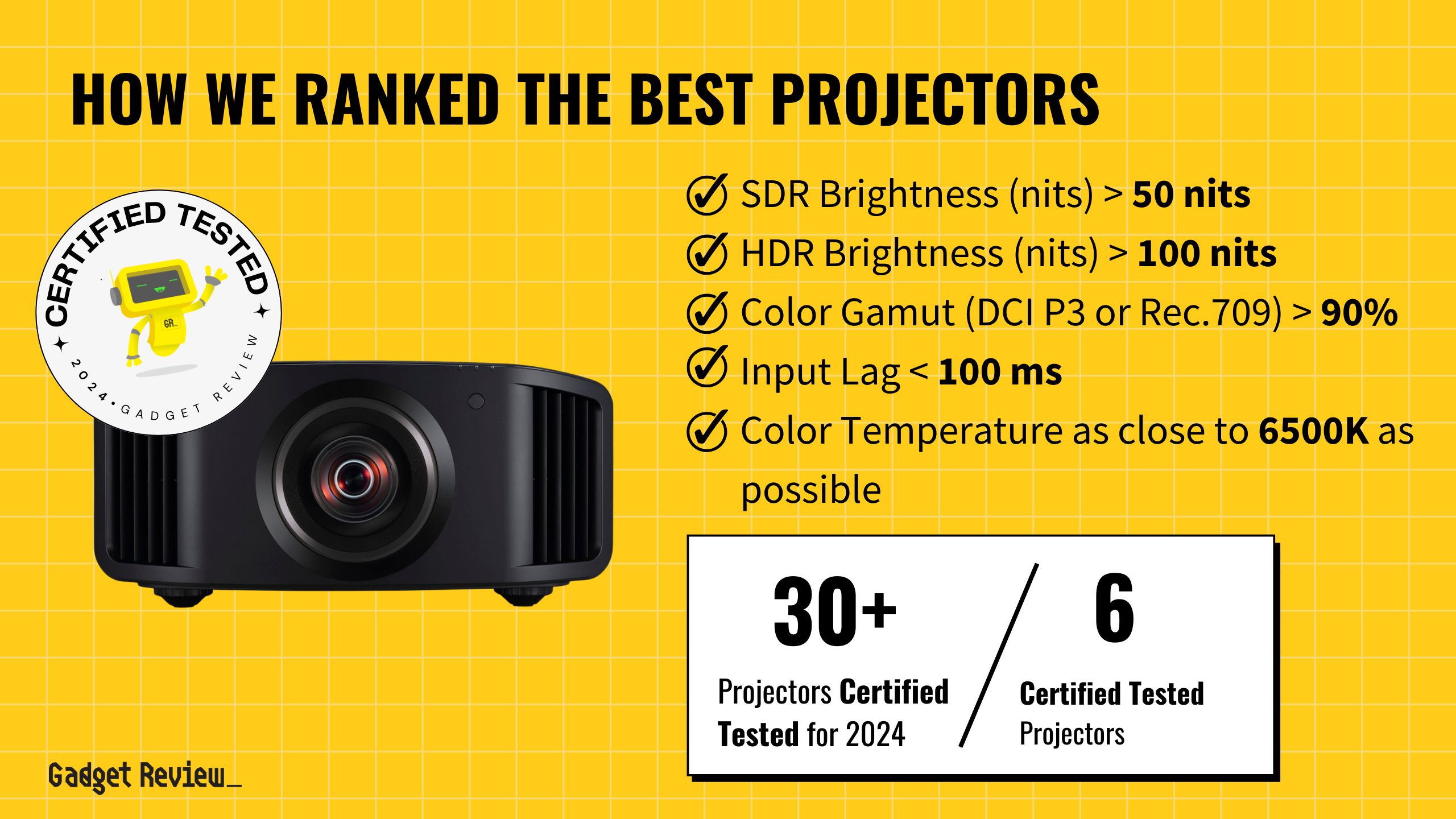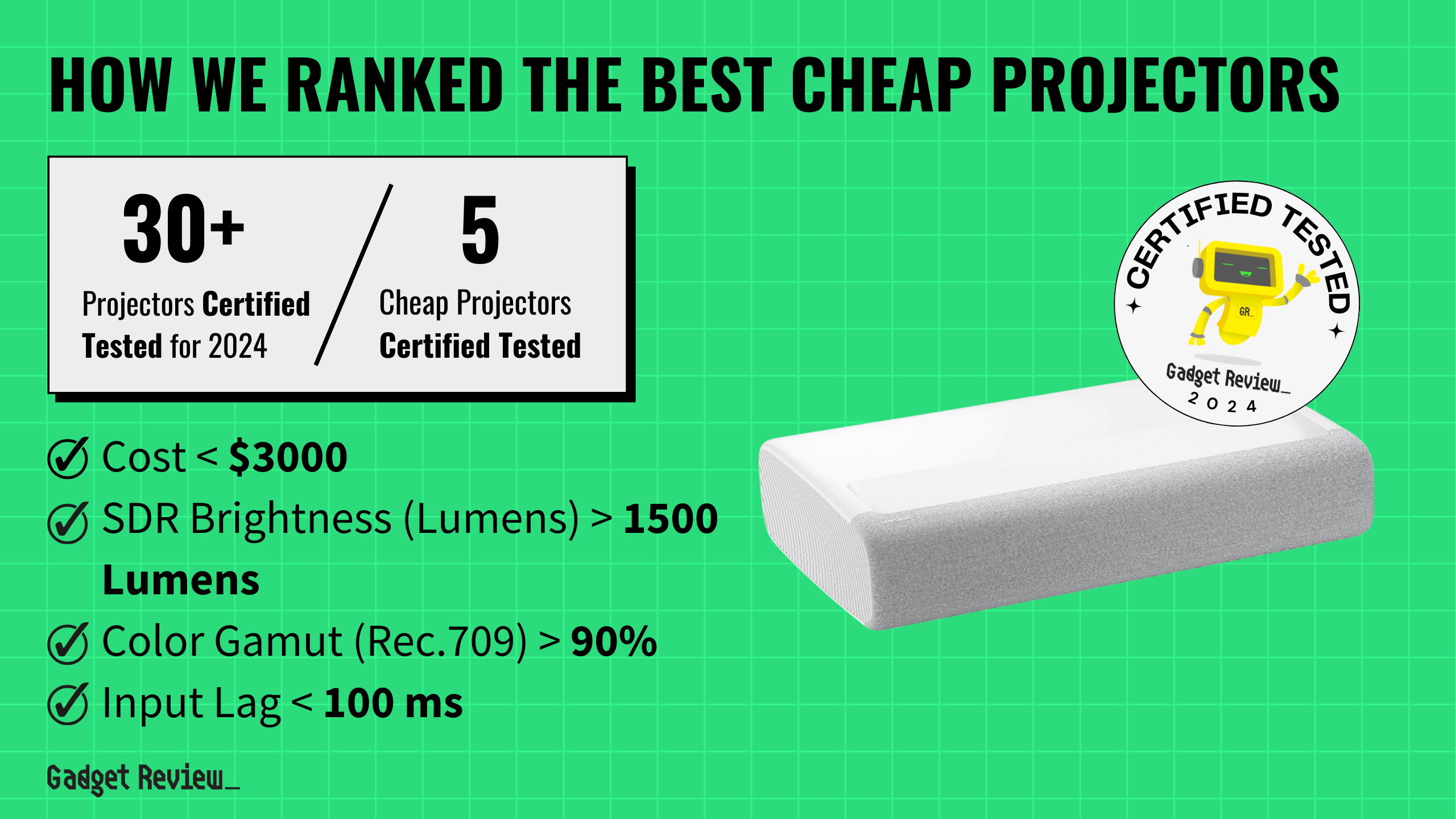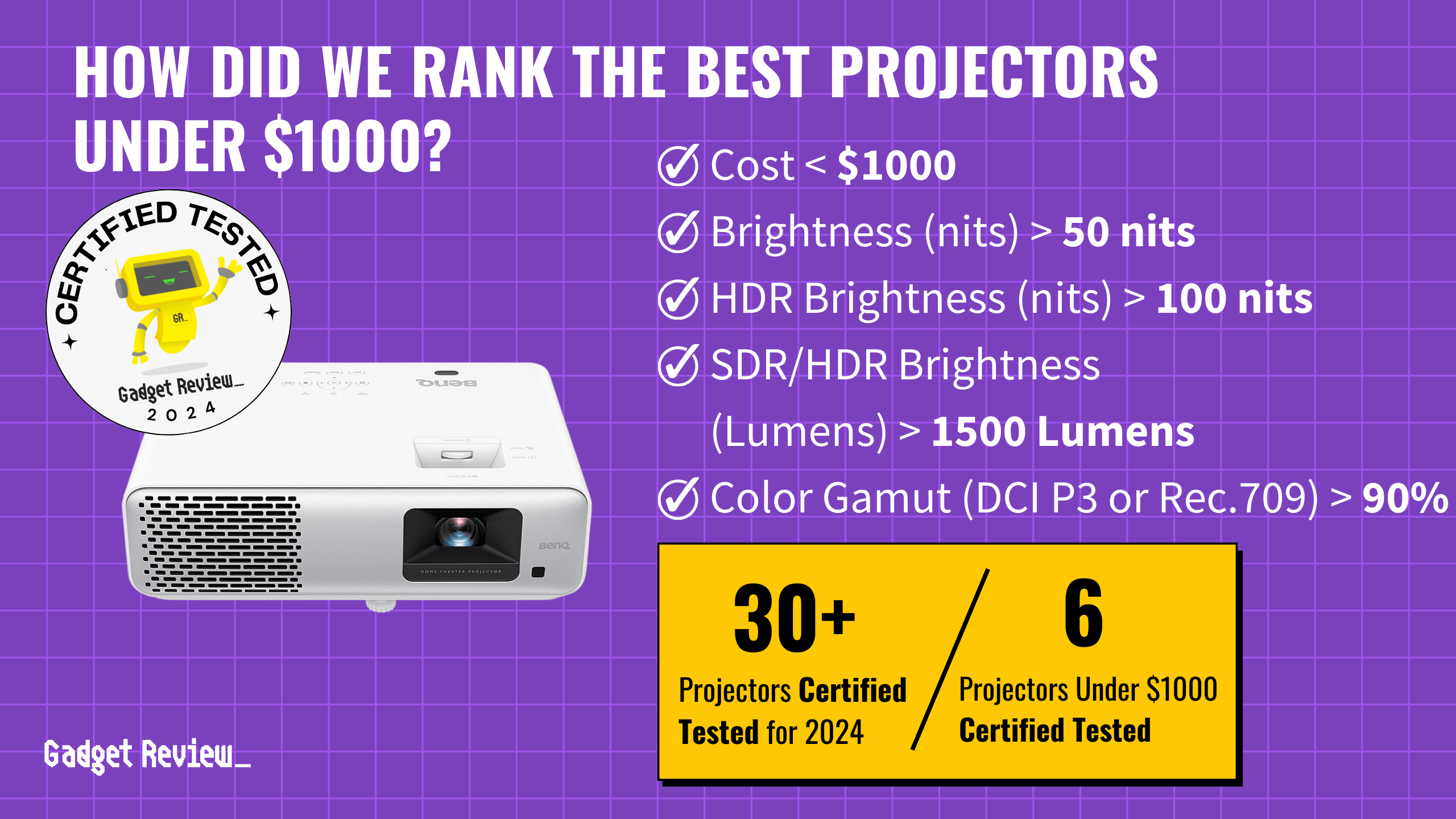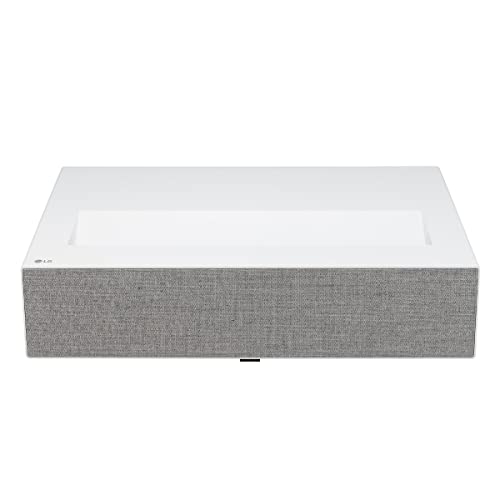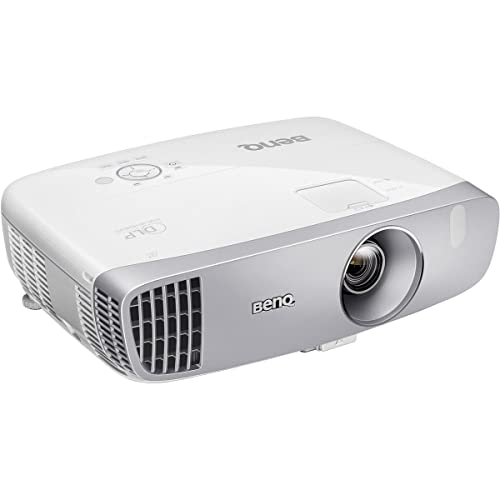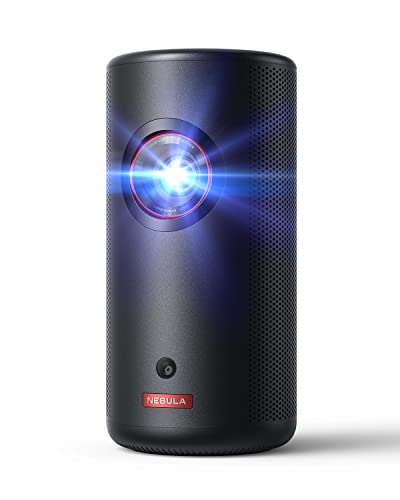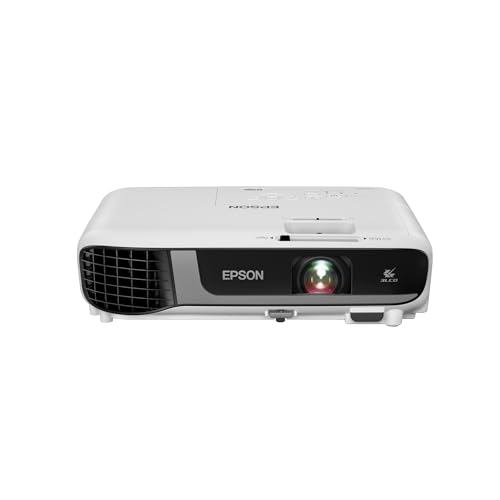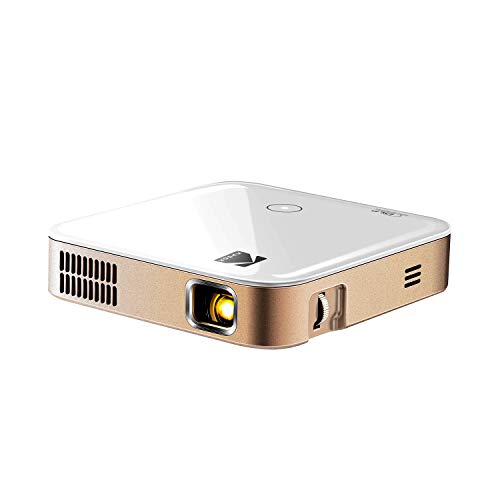If you’ve been wondering, “Can all projectors do rear projection?”, then no, not all projectors can do rear projection. A rear projection setup isn’t the same as it is in front-projection systems. Some of the best projectors out there are part of an all-in-one rear-projection system.
Key Takeaways_
- Rear projection requires quite a bit of floor space and is best used for places like houses of worship or in boardroom setups.
- To use a rear projector, you must buy a special screen explicitly made for rear projection films, presentations, or any other purpose.
- There are a few differences between the rear and front projection, such as the black levels desired, ambient light situations expected, and more.
Explaining Which Projectors Can Rear Project
When wondering, “Can all projectors do rear projection?” it’s a good idea to start with what rear projection entails. Most people think of the classic type of projector used in schools when thinking about projection. Those projectors were often prone to overheating. However, there is a multitude of different methods.
insider tip
Inflatable screens, unless they’re filled with your children’s handwriting, are a fantastic choice for your next backyard movie-watching experience since they have a quick, easy set-up.
You’re probably most familiar with lamp-based projection. If you end up purchasing a lamp projector, your next question will probably be, “How long do projector lamps last?” so that you can be ready to perform routine maintenance.
Explaining Rear Projection
If you’re looking into the best type of projector for your event, “Can all projectors do rear projection?” is probably a question you’ve had. There are technical aspects to rear projectors, such as screen gain and lumen ratings, but we can quickly simplify most information you need. A good rule of thumb is that if you have a large venue and need a clean, professional look with crisp black levels, go with the rear.
Screen Material Used for Rear Projection Image
Instead of solid white screens, rear projectors use a translucent screen that diffuses a crisp image. This means that their image quality remains high even when ambient light levels are high. However, the rear projection screens lose brightness in lumens because light diffuses through them. Front-facing systems don’t have this problem. Picture quality won’t suffer because of this, especially since you’ll likely have an ALR (Ambient Light-Rejecting) screen.
Differences between Rear and Front-Projection Systems
There are a few differences between the two types of projector setups. With front projection, you place the projector in front of the screen. This means having to clear valuable space to keep the angle of projection clear. With rear projection projectors, all of the equipment hides behind the screen surfaces.
warning
You’ll have a subpar movie-watching experience if you fail to provide proper shade for your outdoor projector screens.
Both systems are available for reasonable prices. The choice comes down to how big your average audience will be. The reflective screen of a rear-facing system is best suited to a large audience.

